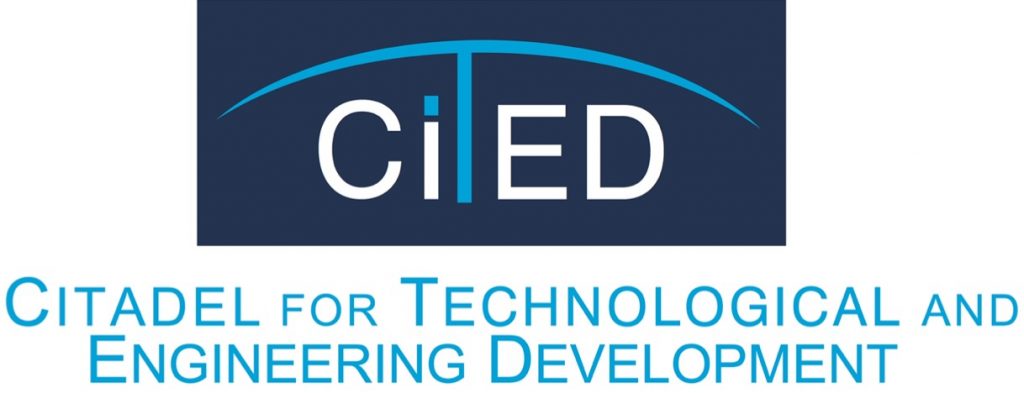This 3-day training program provides a comprehensive introduction to the principles, components, and applications of pneumatic systems. Participants with little to no prior experience in pneumatics will gain the fundamental knowledge and practical skills necessary to understand, operate, and troubleshoot basic pneumatic systems used in various industrial and manufacturing settings.

Introduction:
This 3-day training program provides a comprehensive introduction to the principles, components, and applications of pneumatic systems. Participants with little to no prior experience in pneumatics will gain the fundamental knowledge and practical skills necessary to understand, operate, and troubleshoot basic pneumatic systems used in various industrial and manufacturing settings.
Objectives:
- Understand the fundamental principles of pneumatics, including pressure, flow, and force.
- Identify and differentiate various pneumatic components and their functionalities.
- Understand the operation and application of common pneumatic circuits.
- Develop practical skills in building and testing basic pneumatic circuits.
- Acquire effective techniques for troubleshooting and diagnosing faults in pneumatic systems.
Day 1 : Fundamentals of Pneumatics
- Introduction to pneumatics: basic principles, applications, and advantages.
- Properties of compressed air: pressure, flow, and their relationship.
- Pneumatic components: types, functions, and identification (cylinders, valves, filters, regulators, etc.).
- Symbols and schematics: understanding pneumatic circuit diagrams.
Day 2 : Building and Testing Pneumatic Circuits
- Hands-on practice: building and testing basic pneumatic circuits using various components.
- Understanding the operation of different types of pneumatic valves (solenoid, directional control, etc.).
- Introduction to logic circuits: AND, OR, and sequential control.
- Troubleshooting techniques: identifying common faults and systematic problem-solving methods.
Day 3 : Fault Finding and Diagnostics
- Advanced troubleshooting: utilizing pressure gauges, leak detectors, and other diagnostic tools.
- Case studies: analyzing and troubleshooting common pneumatic system failures.
- Safety considerations: proper handling of compressed air, identifying potential hazards, and safe work practices.
- Introduction to advanced topics (optional): proportional valves, electro-pneumatic systems, etc.
Conclusion:
By the end of this training program, participants will have gained a solid foundation in the principles and applications of pneumatics. They will be equipped with the practical skills to build, test, troubleshoot, and diagnose faults in basic pneumatic systems, ensuring efficient operation and maintenance in their work environment.

